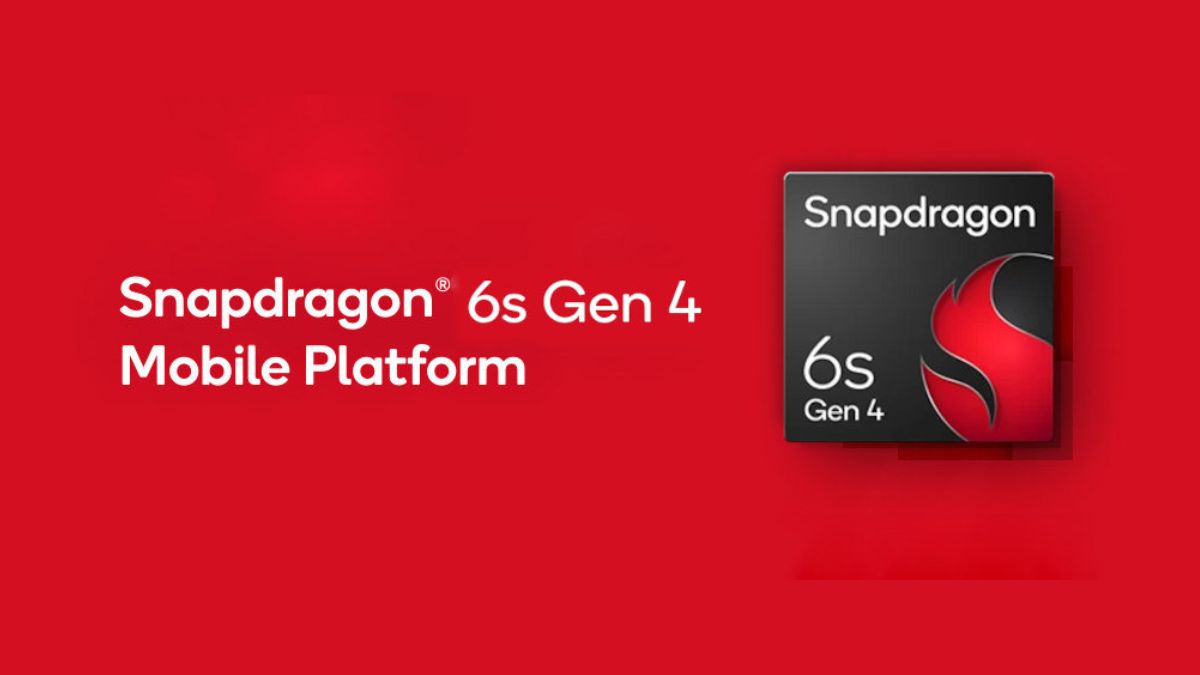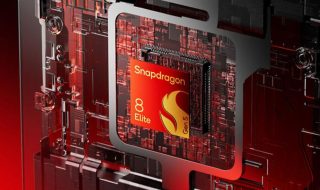Qualcomm has officially announced the Snapdragon 6s Gen 4, the latest addition to its mid-range 5G chipset lineup. It succeeds last year’s Snapdragon 6s Gen 3 but brings major upgrades across performance, efficiency, and connectivity.
The new Snapdragon 6s Gen 4 is built on a 4nm process, a first for the 6s series. This makes the SoC more power-efficient and faster. Qualcomm claims a 36% improvement in CPU performance and a 59% faster GPU compared to the previous generation.
This new platform also brings several premium features usually found in higher-end chips. It supports Snapdragon Elite Gaming technologies such as Variable Rate Shading and Game Quick Touch, which enhance the gaming experience with smoother graphics and faster response times.
In terms of camera capabilities, the Snapdragon 6s Gen 4 can capture photos up to 200MP and record 2K HDR videos. It includes the Qualcomm Spectra Image Sensor Processor with dual 12-bit ISPs for improved image quality and better low-light performance.
The display support goes up to 144Hz at FHD+ resolution, which makes it ideal for gamers and users who prefer smooth visuals. For connectivity, it includes Wi-Fi 6E, Bluetooth 5.4, and 5G mmWave and sub-6GHz support, offering download speeds up to 2.9Gbps.
Other features include LPDDR5x RAM support, UFS 3.1 storage, and Quick Charge 4+ technology for faster charging. Qualcomm Aqstic audio technology also ensures better sound quality with lower distortion.
Key specifications of the Snapdragon 6s Gen 4:
- 4nm (TSMC) process technology
- Octa-core CPU: 4x Cortex-A720 up to 2.4GHz + 4x Cortex-A520 up to 1.8GHz
- Adreno GPU with support for Vulkan 1.3, OpenGL ES 3.2, and OpenCL 2.0
- Dual camera up to 16+16MP or single up to 32MP (ZSL), 200MP max capture
- 2K HDR video recording, 720p slow-motion at 240fps
- Wi-Fi 6E, Bluetooth 5.4, and Snapdragon Sound technology
- GPS, NavIC, Galileo, and more for advanced location
Qualcomm has not yet revealed which smartphones will use the Snapdragon 6s Gen 4, but it is expected that brands like Xiaomi, OPPO, and Motorola will be among the first to launch new devices with this chipset.












